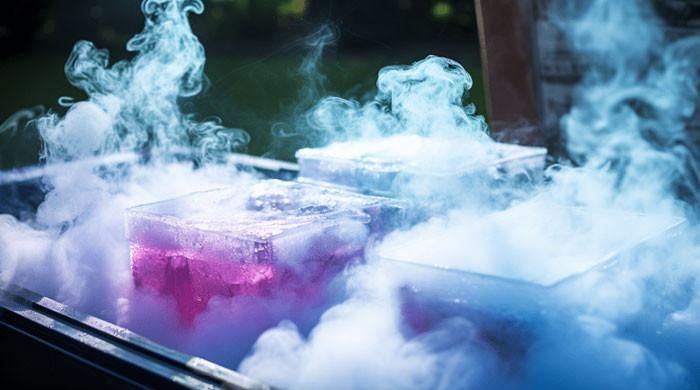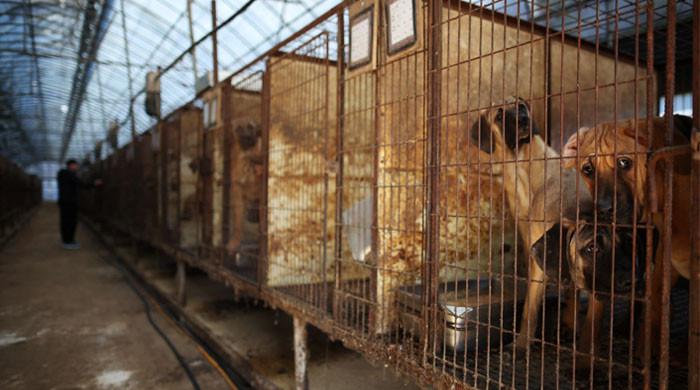Emergency services issued a “Code Orange” alert which is issued when a hazardous materials spill occurs.
A teacher and 18 third-grade students were sent to nearby hospitals Friday morning following a botched dry ice science experiment at Vena Stuart Elementary School in Tennessee. The US Sun reported.
All of those hospitalized are in good condition, according to Sumner County Emergency Medical Services.
Most of the students were taken to Sumner Regional Medical Center.
Emergency services issued a “Code Orange” alert, which is issued when a hazardous materials spill occurs, at 9:30 a.m., but it was cleared an hour later at the medical center.
“Third grade students at Vena Stuart Elementary School were conducting routine science experiments with an outside presenter. One of the experiments included dry ice. “After the dry ice experiment was completed, several students reported feeling sick,” Sumner County Schools said in a statement.
“Out of an abundance of caution, we have contacted Sumner County Emergency Services to provide assistance,” they added.

“Eighteen students and one teacher were taken to area hospitals as a precaution. All students and the teacher are stable and in good condition,” the statement continued.
“The school has notified all parents of affected students. The room where the scientific experiment took place has been thoroughly evaluated and ventilated by the Gallatin Fire Department,” they added.
Dry ice is commonly used in school science experiments as it is a fun and educational way to demonstrate chemical reactions when handled safely.
One of the safety guidelines for dry ice issued by Harvard Campus Services advises against skin contact due to serious frostbite risks and warns of possible suffocation if proper ambient temperatures are not maintained.
“Dry ice will sublime (change from a solid to a gas) at any temperature above -109°F,” the safety guideline warns.












